After centuries of struggle, India’s Adivasi peoples and forest dwellers can secure their rights to govern, manage, and use their customary forests
Nearly 250 million people live in and around forests in India. They include about 100 million members of indigenous ‘Scheduled Tribes,” known as Adivasi, the collective name for India’s many Indigenous Peoples. Descendants of the earliest inhabitants of the subcontinent, the Adivasi comprise more than 200 distinct peoples who speak more than 100 languages. They rely on forests for food, water, habitat, and their livelihood. India’s colonial laws stripped the Adivasi of their customary forest rights, and many are displaced, criminalized and impoverished. Most forestland is owned by the state, with large areas contracted to private sector companies.
The 2006 Forest Rights Act (FRA) aims to redress this historic injustice. It gives Adivasi and other traditional forest dweller communities the right to govern, manage, and use their ancestral forests. However, few have secured their rights due to resistance and low capacity in government institutions and lack of awareness in Adivasi communities.
With Tenure Facility support, the Indian School of Business (ISB), the research and policy advocacy group Vasundhara, and the Society for Rural, Urban and Tribal Initiative (SRUTI) are capitalizing on current political will, grassroots mobilization, and civil society strength in the states of Odisha, Jharkhand, and Chhattisgarh to implement the Act. They aim to build the awareness, capacity, and momentum required to upscale implementation of the FRA across the country. Full implementation could secure community tenure and jurisdiction over 32 million hectares of forest claimed by 150 million tribal and forest-dwelling people living in 170,000 villages.
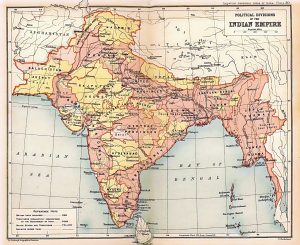
1850s
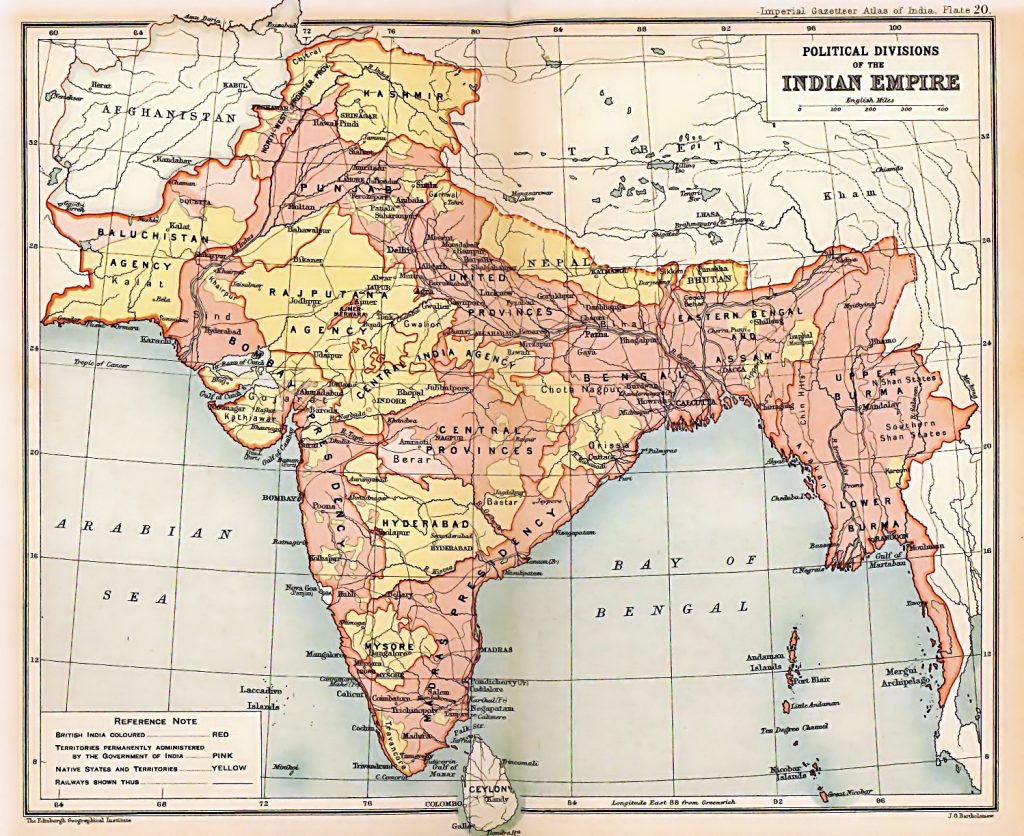
1850s
British East India Company annexes most of India.

1858

1858
India becomes a colony of the British Empire.
British East India Company rule is abolished. Much of forested India remains within nominally sovereign princely states which owe allegiance to the British.
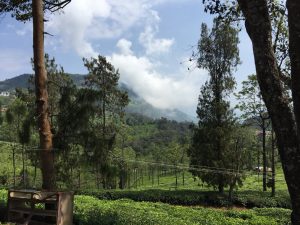
1878
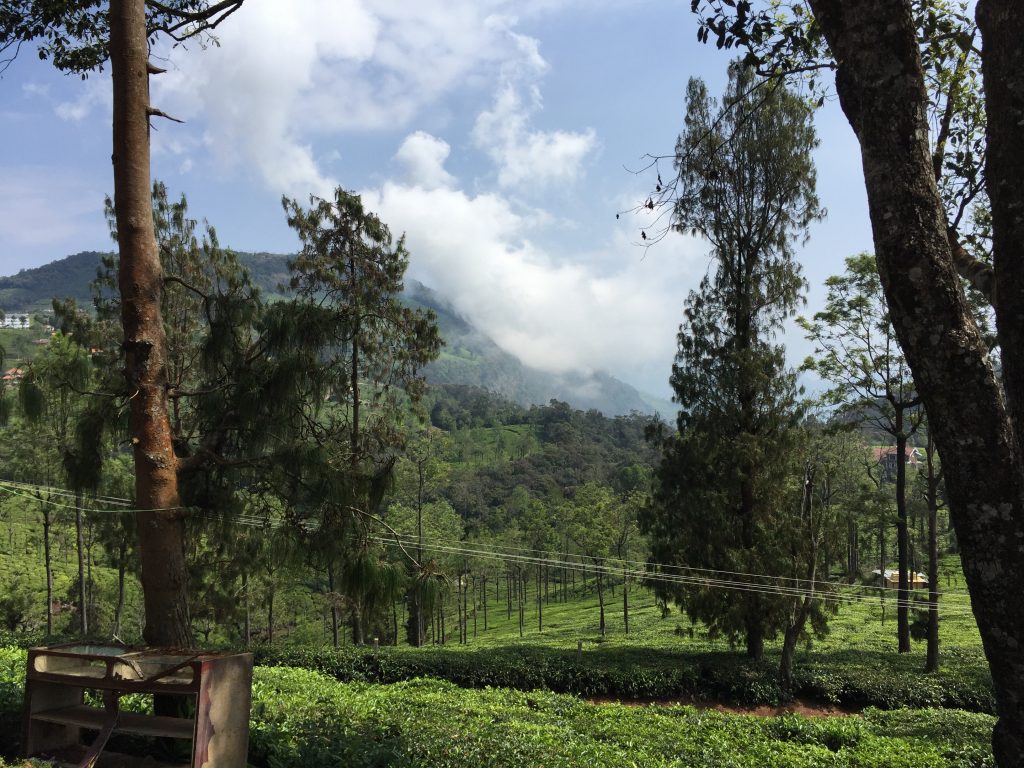
1878
Colonial government enacts the Indian Forest Act of 1878
The Act creates a legal regime of strict state control of forests.
1927
1927
The new Indian Forest Act empowers the colonial government to declare any forest as reserved, protected, or village forest, extinguishing prior claims.
Forest dwelling communities are alienated from their ancestral rights to forests. Most of the princely states also enact laws based on the Indian Forest Act of 1927 to exploit and govern forests, often curtailing the rights of Adivasi and other forest-dependent communities.
1947
1947
1952
1952
Government’s new National Forest Policy ranks the national interest in forests higher than that of local communities.
1980
1980
Forest Conservation Act enacted to discourage diversion of forest lands and widespread deforestation leads to criminalisation of forest dwellers.
By freezing forested zones, the Act made it difficult to recognise pre-existing forest rights.
1990
1990
Government’s Joint Forest Management guidelines promote participatory practices but deny local communities decision-making powers.
2002
2002
Biological Diversity Act creates village-level biodiversity management boards but fails to give them decision-making power.
2006
2006
Government enacts Scheduled Tribes and Other Traditional Forest Dwellers (Recognition of Forest Rights) Act (FRA).
The FRA addresses the historic injustices committed against Adivasi by the British colonial and independent governments. The FRA says forest-dwelling scheduled tribes and other traditional forest dwellers are integral to the survival and sustainability of the forest ecosystem. It establishes their right to protect, conserve, and manage forests, wildlife, and biodiversity through village assemblies known as Gram Sabha. The process of recognising rights is democratised, with the Gram Sabha playing a central role.
2008
2008
Government enacts Scheduled Tribes and Other Traditional Forest Dwellers (Recognition of Forest Rights) Rules.
The procedures for recognising community rights and other rules for operationalising the FRA are unclear.
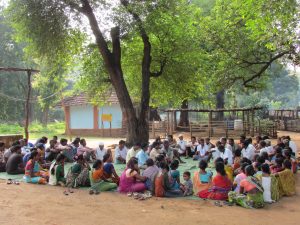
2012
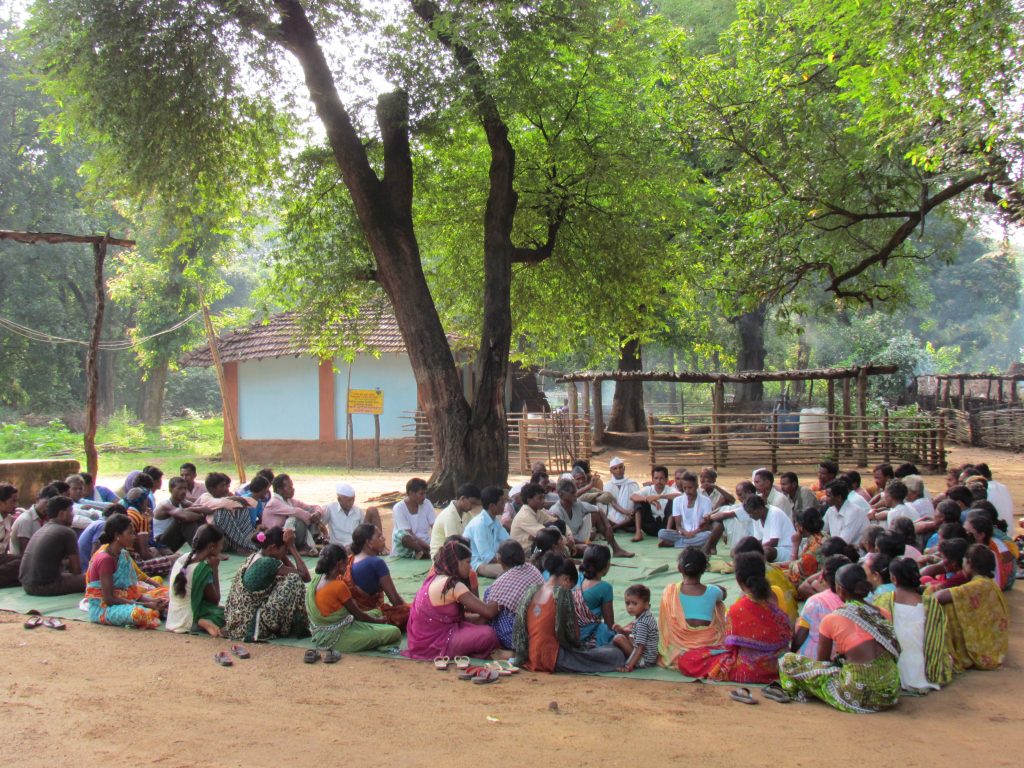
2012
Government amends the Scheduled Tribes and Other Traditional Forest Dwellers (Recognition of Forest Rights) rules, to clarify procedures for recognising community forest rights.
Mendha Lekha Village becomes the first in India to receive legal title to its Community Forest Resource Rights
2015
2015
Report estimates at least 150 million forest dwellers in India gained the opportunity through the FRA to have their rights recognised over a minimum of 40 million hectares of forestland in more than 170,000 villages.
The report called “Potential for Recognition of Community Forest Resource Rights Under India’s Forest Rights Act” is released by Rights and Resources Initiative (RRI), Vasundhara, and Natural Resource Management Consultants (NRMC).

2018
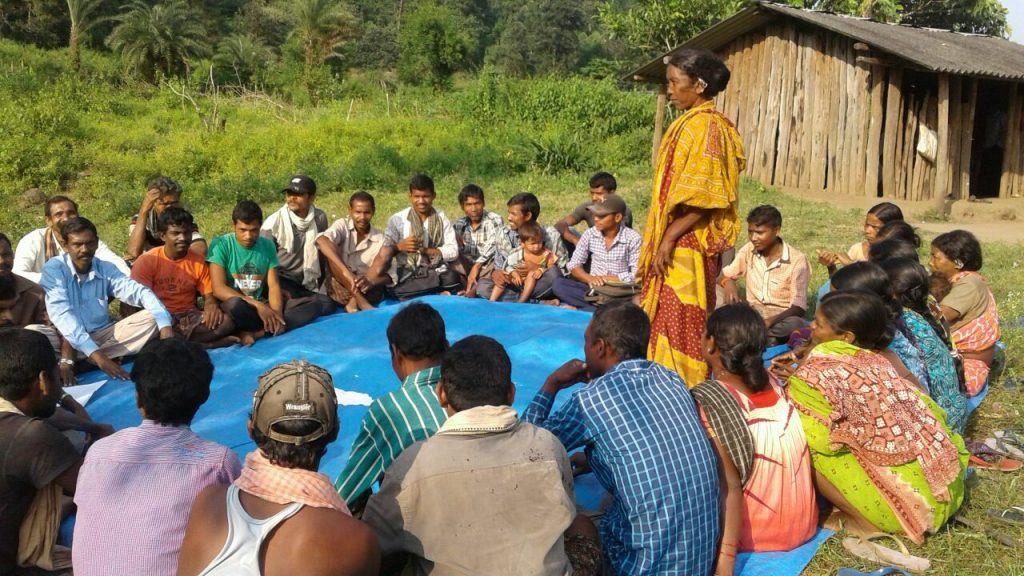
2018
ISB, Vasundhara and SRUTI begin partnership with the Tenure Facility to secure the rights of 5,000 villages over 1 million hectares of community forestland.
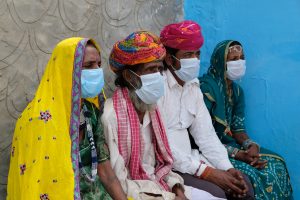
2020
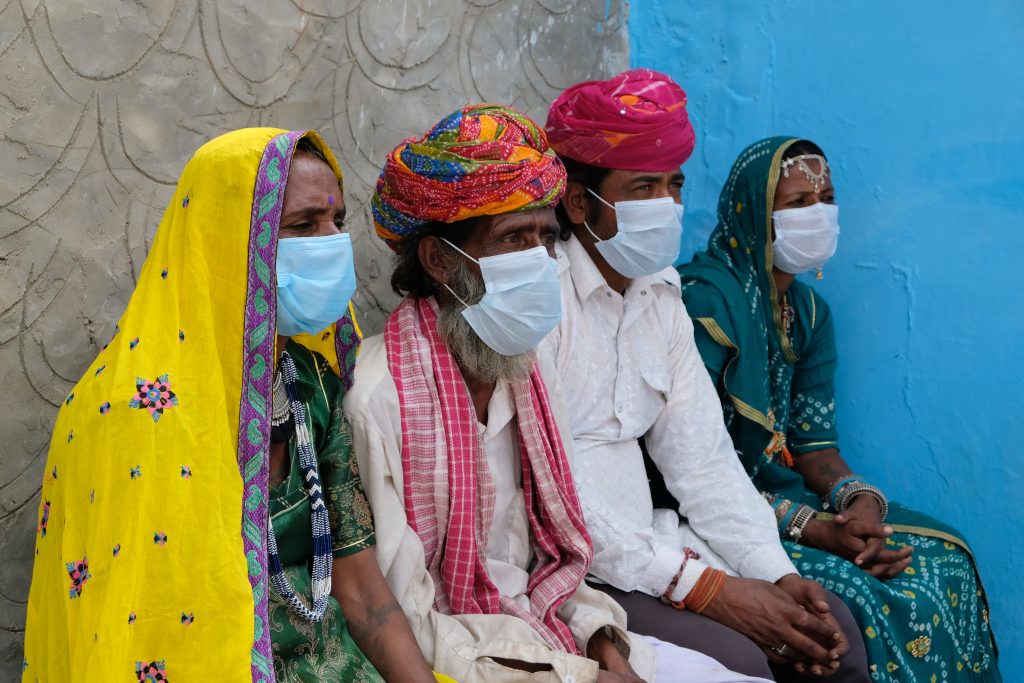
2020
-First case of Covid-19 is recorded on 30 January. Following a rise in the number of cases and as a preventative measure, a national lockdown is imposed from March 24. Tribal and forest communities face a lack of information on COVID-19, with poor access to health facilities and food insecurity deepening the impacts of the pandemic.
– The Indian Agriculture Acts of 2020, often referred to as the Farm Bills, are initiated and approved by the Parliament of India in September 2020. The bills, which spark massive protests by farmers, are critiqued for violating the Constitution as well as the Forest Rights Act, as they dilute the powers of the Gram Sabhas, including local village markets’management.

Pre 1750

Pre 1750

1857

1857
The Empire of the invading Mughals from central Asia which had conquered most of India over the past three centuries was formally dissolved by the British after the Indian Rebellion. Mutinous soldier were assisted by peasant armies and the Mughal rulers. The conflict is fuelled by religious tensions caused by Christian missionaries but also in part by the East India company’s land annexations and dispossession of local people and elites.
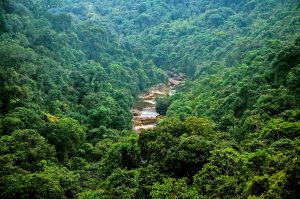
1865
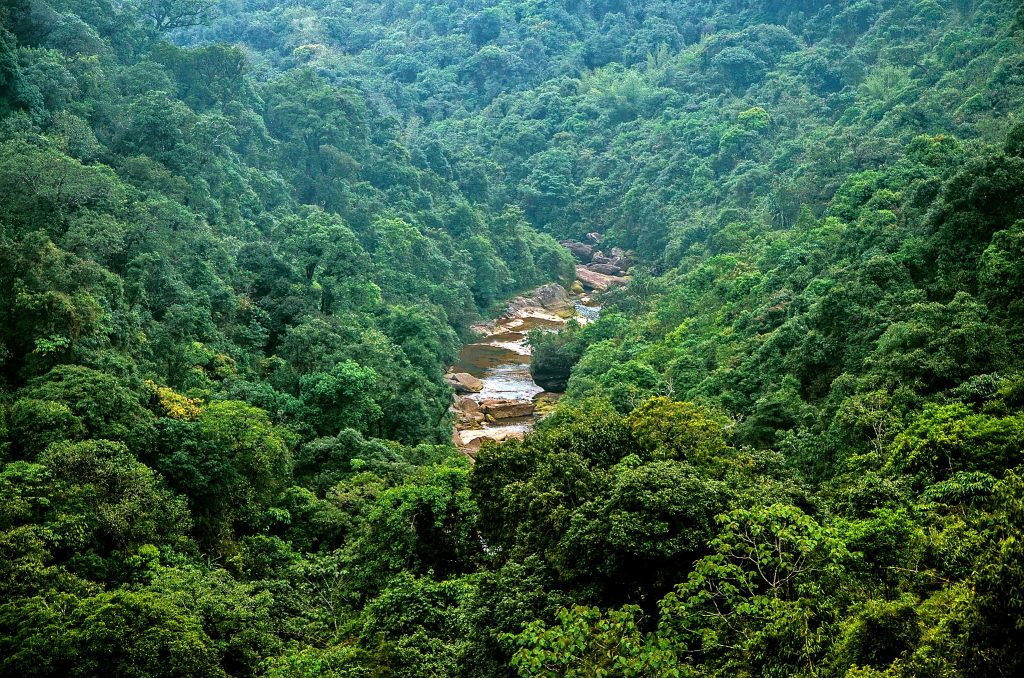
1865
British administration annexes most of India and bars local people from entering and using forests.

1894
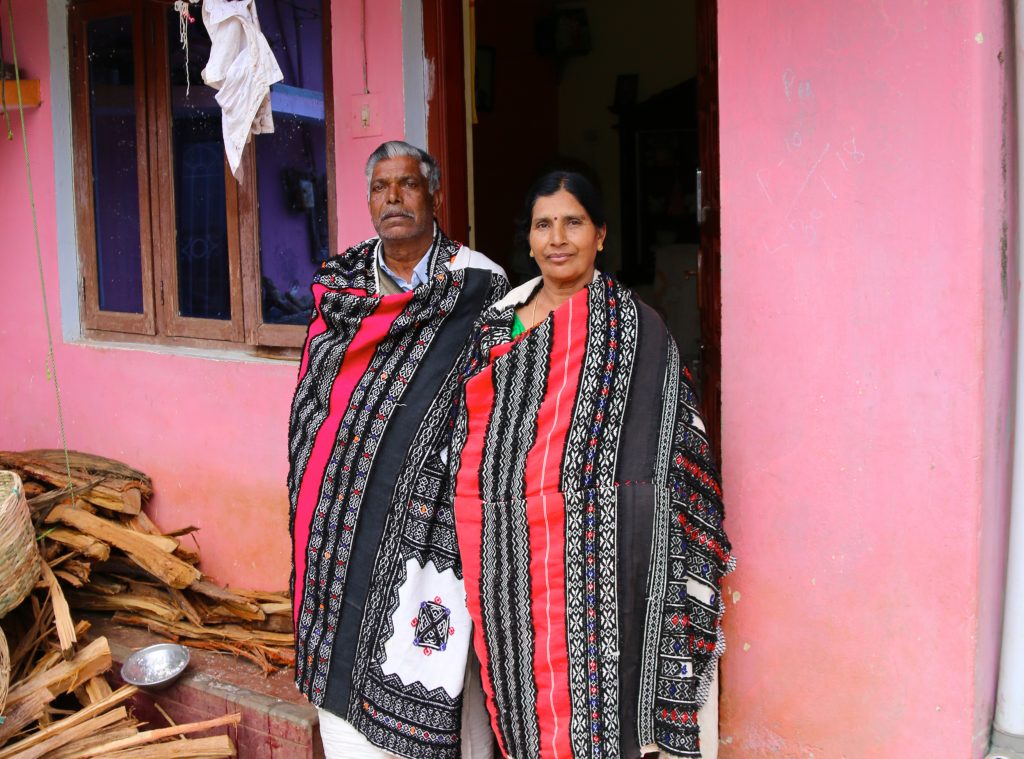
1894
Colonial government’s Land Acquisition Act gives the state the right acquire land and give Adivasi land to companies without their consent.
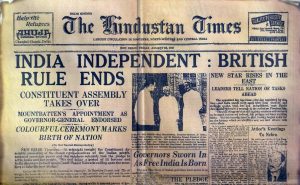
1947
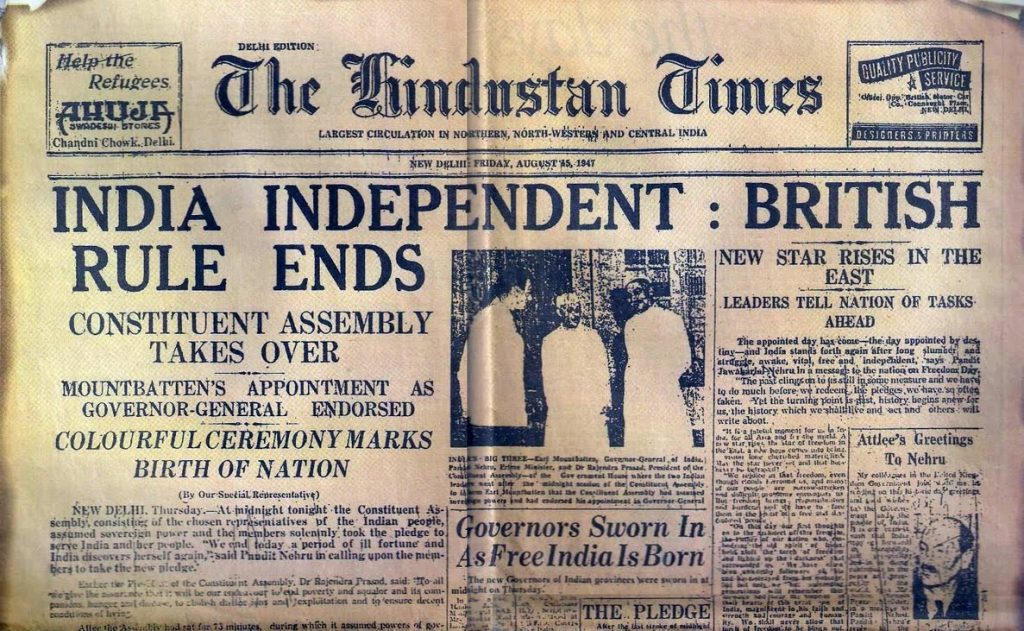
1947
British provinces are partitioned into India and Pakistan, leading to mass migrations and the deaths of 500,000 people.
India and Pakistan gain independence after centuries of struggle.

1950

1950
India’s new Constitution gives Adivasi special protections.
In the Constitution responsibility for land and forest governance rests primarily with states.

1972
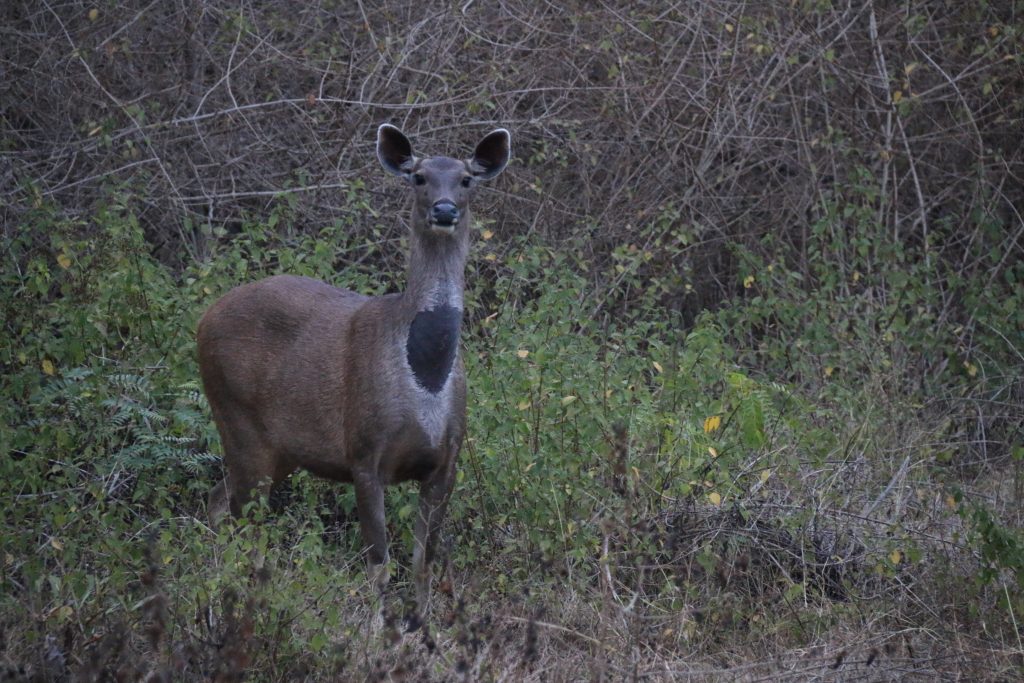
1972
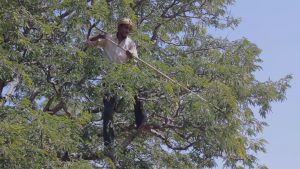
1988
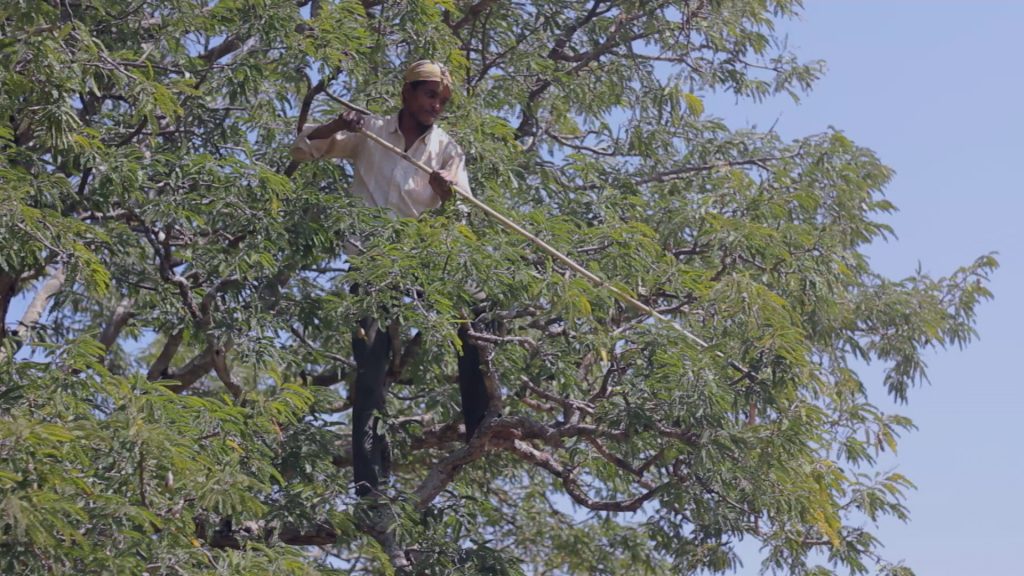
1988
Government enacts Indian Forest Policy prioritising both conservation and local use by people who depend on forests.
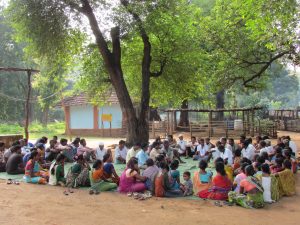
1996
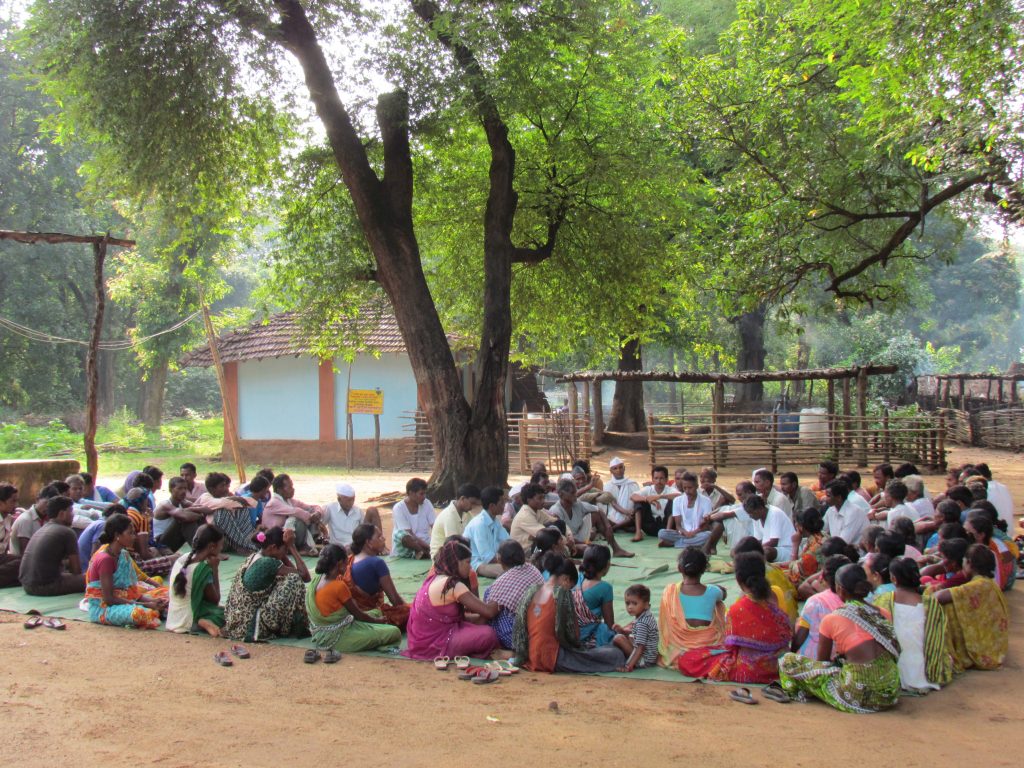
1996
Extension of Panchayati Raj Act to Scheduled Areas promotes decentralized forest governance by Adivasis through the creation of local village bodies.
2003
2003
National campaign calls for a forest rights law recognising the forest rights of tribal and forest dwellers.
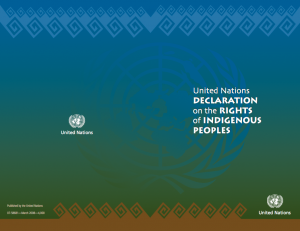
2007
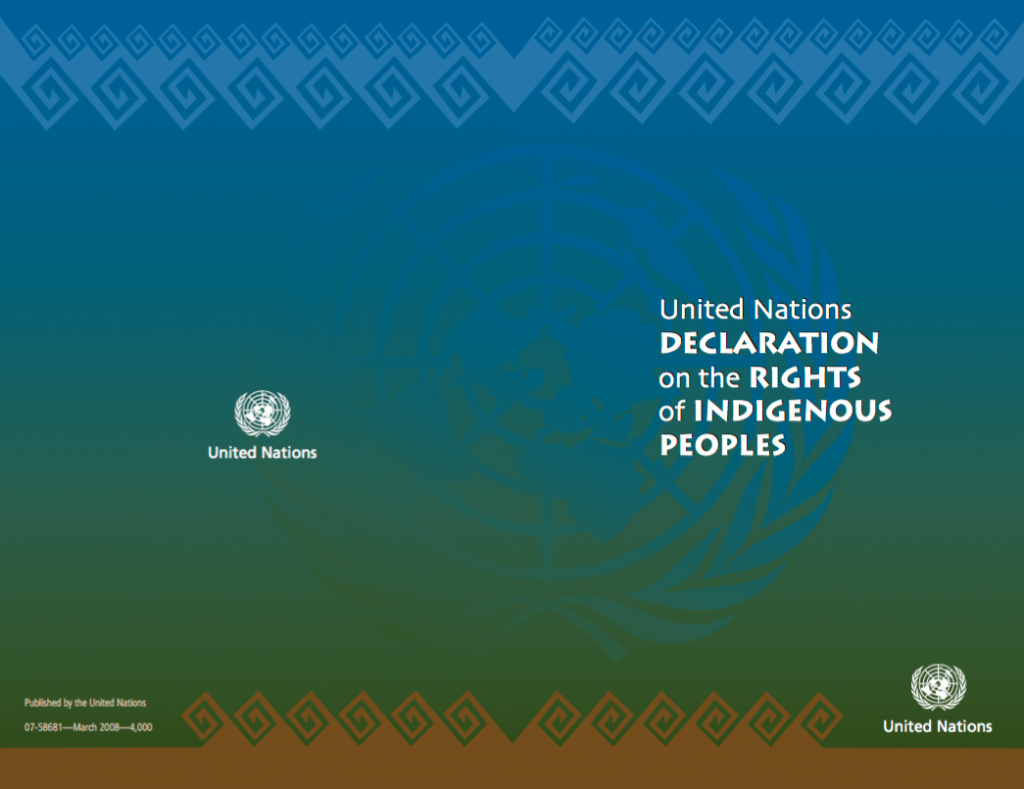
2007
United Nations General Assembly adopts the UN Declaration on the Rights of Indigenous Peoples (UNDRIP) with 144 countries, including India, voting in favour.
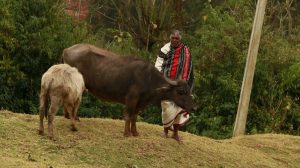
2009
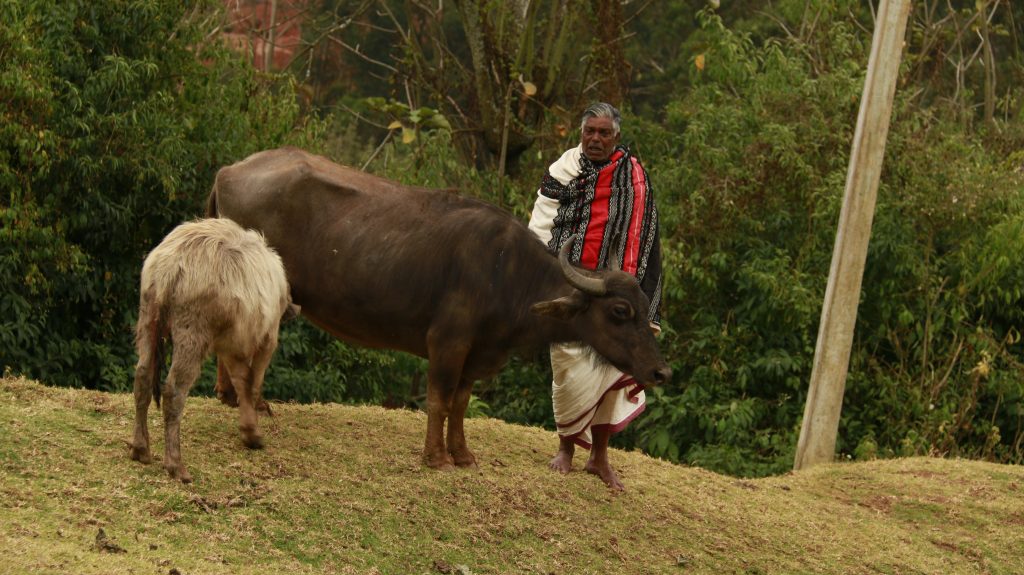
2009
The Ministry of Environment and Forest requires state governments to provide evidence of Gram Sabhas’ consent under the FRA, before forestland is diverted for non-forestry purposes.

2013
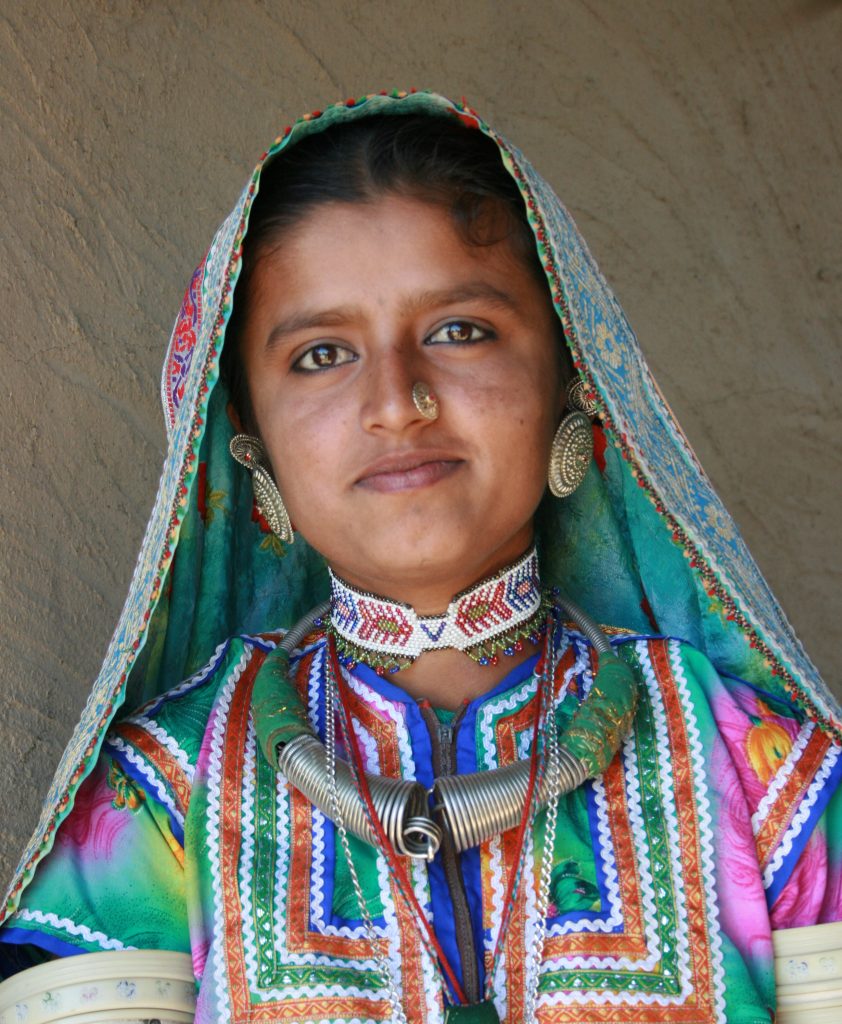
2013
Government adopts the Right to Fair Compensation and Transparency in Land Acquisition, Rehabilitation and Resettlement Act (LARR).
The Act seeks to ensure an informed, participative, and transparent process for land acquisition for industrialisation, urbanisation, and infrastructure development, as well as just, fair, and humane compensation and resettlement.
2016
2016
Report finds only 3% of the potential of collective rights recognition under FRA has been achieved.
The report, “Promise and Performance: 10 Years of the Forest Rights Act in India” is published by Community Forest Rights–Learning and Advocacy (CFR-LA), a process initiated in 2011 to facilitate exchange of information and experiences related to Community Forest Rights under the FRA.

2019
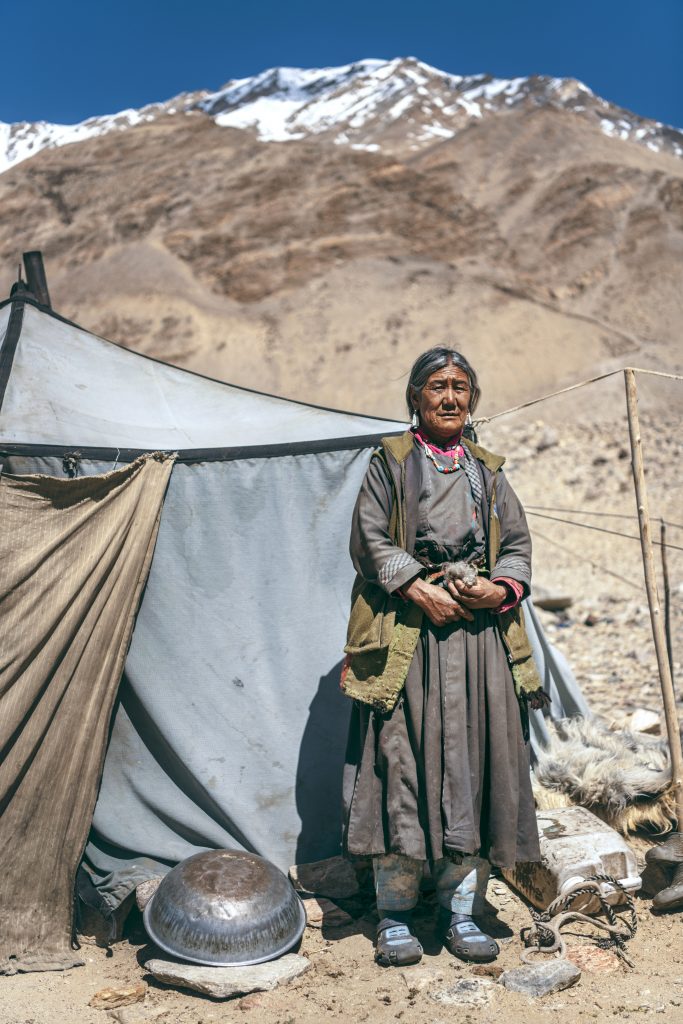
2019
-In February 2019 the Supreme Court orders evictions of “encroachers” whose individual Forest Rights claims were rejected. Implementation of this order is subsequently suspended over concerns about due process, and a review of rejected claims is ordered.
–On August 5th, 2019, the Jammu & Kashmir Reorganisation Act is passed by the Union Government, meaning that the Forest Rights Act is now extended to cover the Union Territory of Jammu and Kashmir.
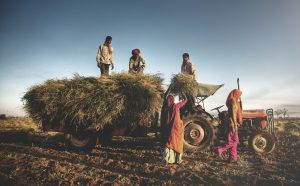
2021
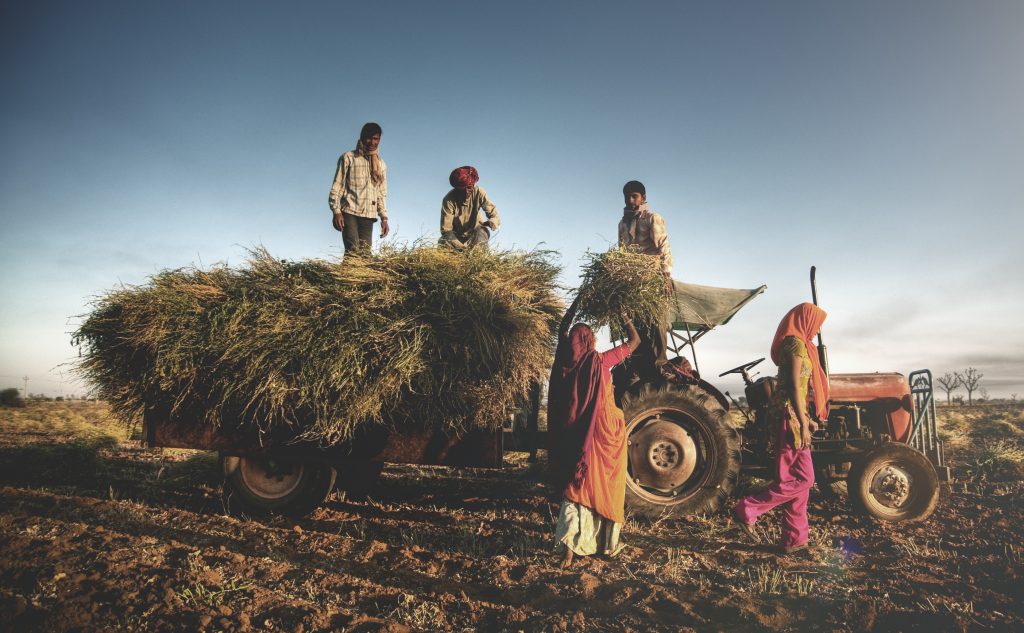
2021
– On 12 January 2021 the Supreme Court stays the implementation of the farm laws and appoints a committee to look into farmers’ grievances related to the laws.
-A major second wave of covid-19 infections sweeps India. Cumulatively over 29 million cases of Covid-19 are reported as of August 2020 with over 381,000 deaths recorded.
-Phase II of the Tenure Facility funder project starts.
– On 19 November Prime Minister Narendra Modi announced the controversial farm laws would be repealed and on 29 November the Farm Laws Repeal Bill was passed by both houses of Parliament. The unexpected announcement coincided with the Sikh festival of Guru Parb, indicating that the government was appeasing the Sikh farmers who made up a big part of the movement.